By Charles Waring
Carlos Santana’s guitar tone is a distinctive thing - a raw, howling blues-cry delivered with Hispanic inflections and a pent-up eroticism. Throughout his five decades making music, however, the man himself has resisted being pigeonholed. “I never really like a low ceiling,” he once told this writer. “I don't like being put in a box, like I’m the Latin rock guy.” The only musical classification that he’s happy with, and which he says defines his sound and style, is one that he devised himself: ‘multi-dimensional interdenominational music.’
For Santana, it’s a term that embodies what he’s about: music that has no limits and operates on multiple planes, including the spiritual. Santana the band has gone through seventy-two different line ups, with the bandleader himself as shamanistic lynchpin, whose searing, soaring, guitar playing holds all together.
But it wasn’t always that way. In the late-‘60s when the group first emerged as a blues-based jam band in San Francisco, they were a more democratic unit, who blew minds at Woodstock with a sound that had never been heard before - delta blues steeped in percussive salsa grooves. Successful from the get-go, it was in the seventies when the band truly blossomed, and each album they made was a thrilling sonic trip. Though they struggled both commercially and creatively in the late eighties and most of the nineties, in 1999 Santana reinvented his band as a Latin R&B-tinged act and hit the jackpot with Supernatural. Despite all of the band’s recent successes in terms of sales, hits and Grammy awards, though, it’s their classic seventies work that has endured best of all, and really encapsulates what this extraordinary musical adventure is really about.
10.
Santana
Supernatural
ARISTA 1999
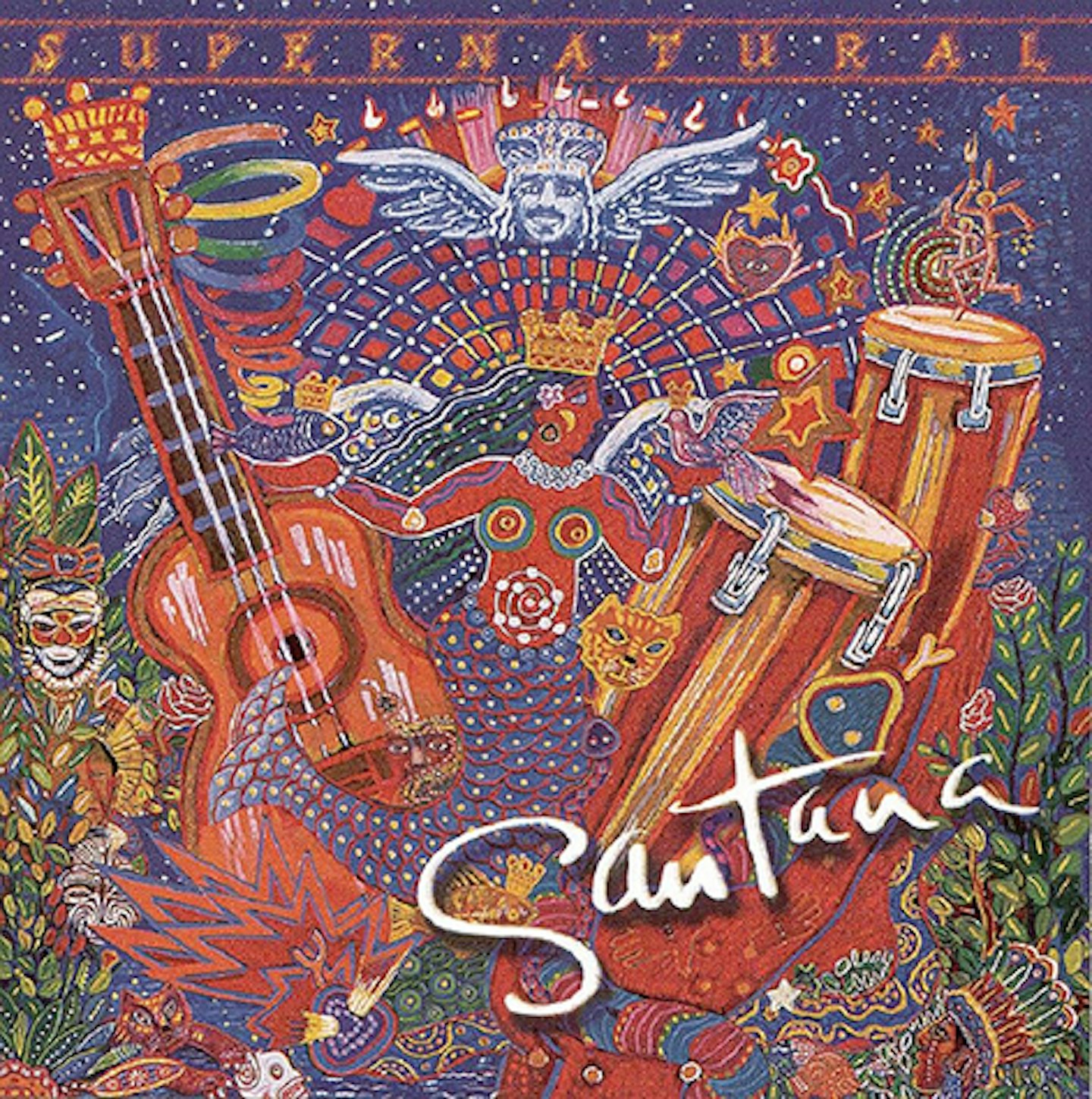
After the relatively fallow years of the eighties and nineties – the last non-live album before this was 1992’s Milagro - a fresh and reinvigorated incarnation of the group emerged in 1999 with this collaborative, R&B-steeped set. Featuring a panoply of guests ranging from Lauryn Hill and Cee-Lo Green to rapper Everlast and Eric Clapton, Carlos Santana might seem like a sideman on his own record, but his guitar is the sonic glue that binds the disparate elements together. Sales-wise, it catapulted Santana into the stratosphere, and many of the band’s subsequent albums have adhered to a similar template.
9.
Santana
Amigos
COLUMBIA 1976
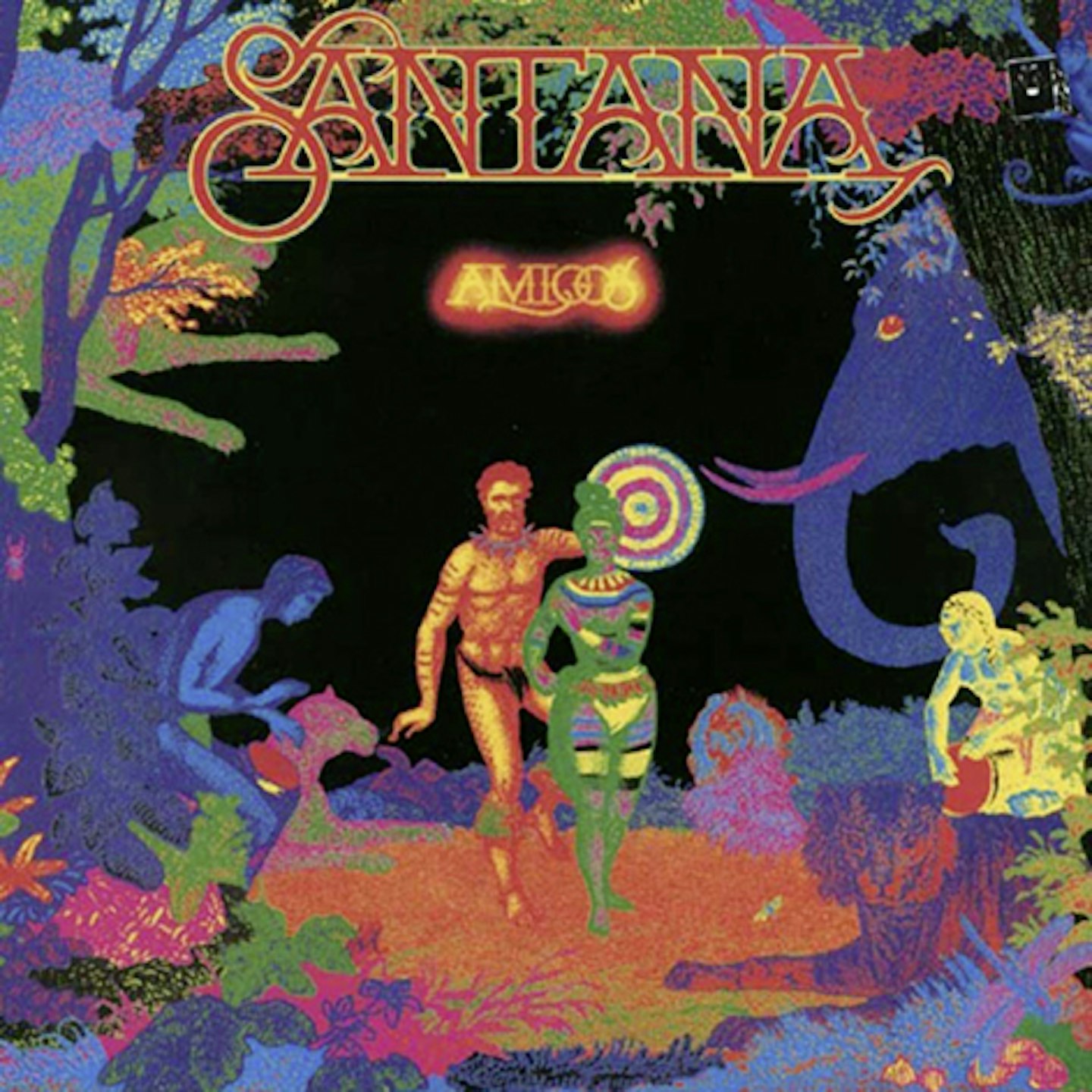
As its earworm of an opener - the sublime Latin groover Dance Sister Dance – demonstrated, Amigos was defined by its return to first principles. Helmed by Herbie Hancock’s then-producer Dave Rubinson and featuring smoothly soulful new vocalist Greg Walker, it was less exploratory and more commercial than the albums that preceded it, featuring salient funk and soul characteristics as well as staying true to the band’s signature meld of blues and Latin music. The set contains the classic Santana ballad Europa and, propelled by Shaft-style wah-wah and a disco beat, the US hit Let It Shine.
8.
Santana
Moonflower
COLUMBIA 1977
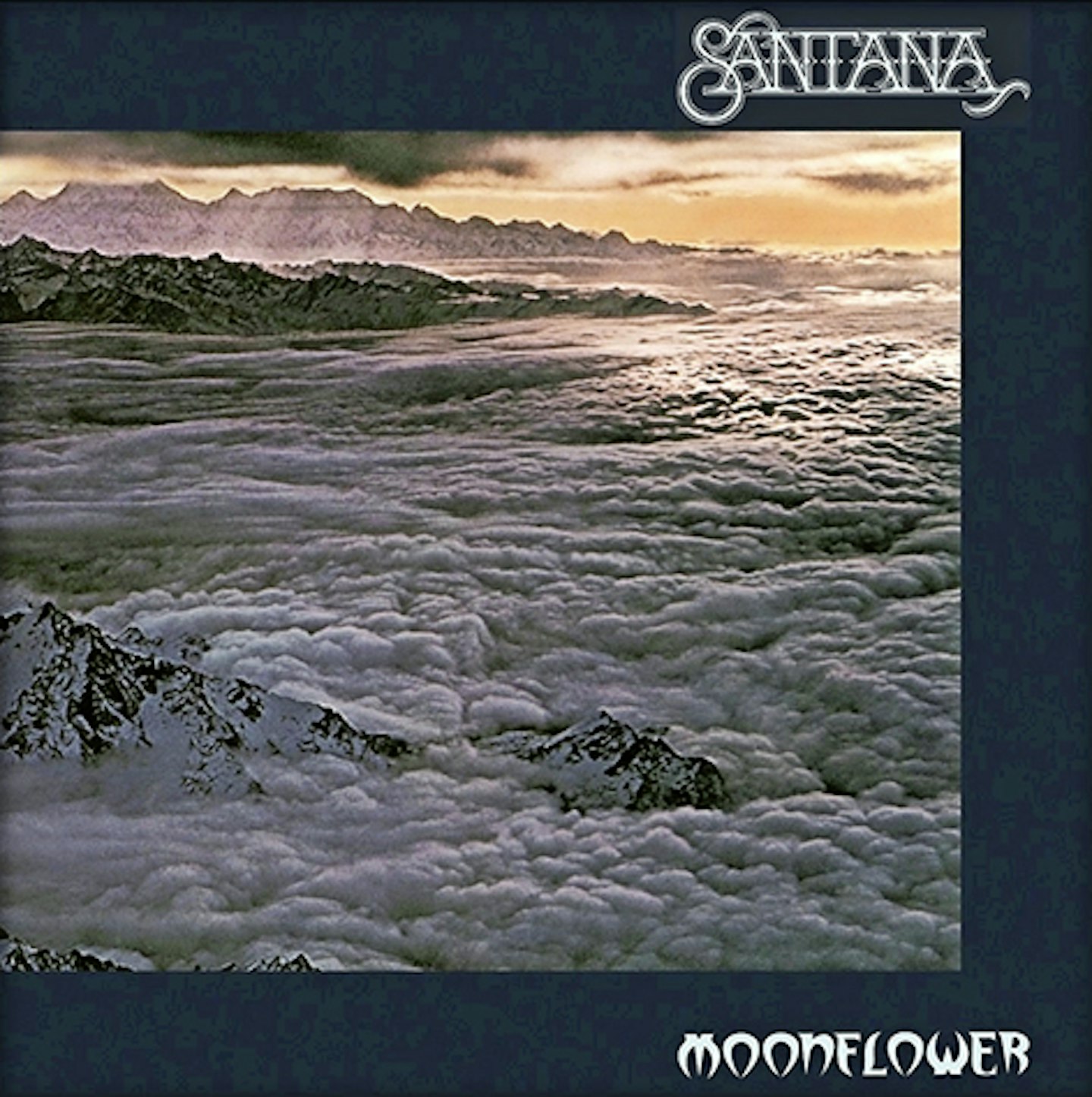
One of Santana’s biggest selling albums in the UK - it spent 27 weeks in the album charts, peaking at number seven - this was a sprawling double LP that was a seemingly arbitrary blend of new studio cuts with live tracks recorded in Europe during 1976. While the in-concert performances illustrated that late-‘70s Santana were an incredibly slick but still exciting live attraction, the studio material found them exploring the more open jazz-fusion style of their earlier ‘70s albums. Highlights include a scintillating six-minute live retooling of Black Magic Woman that transcends the original studio version. Their last great album of the ‘70s.
7.
Santana
Santana
COLUMBIA 1969
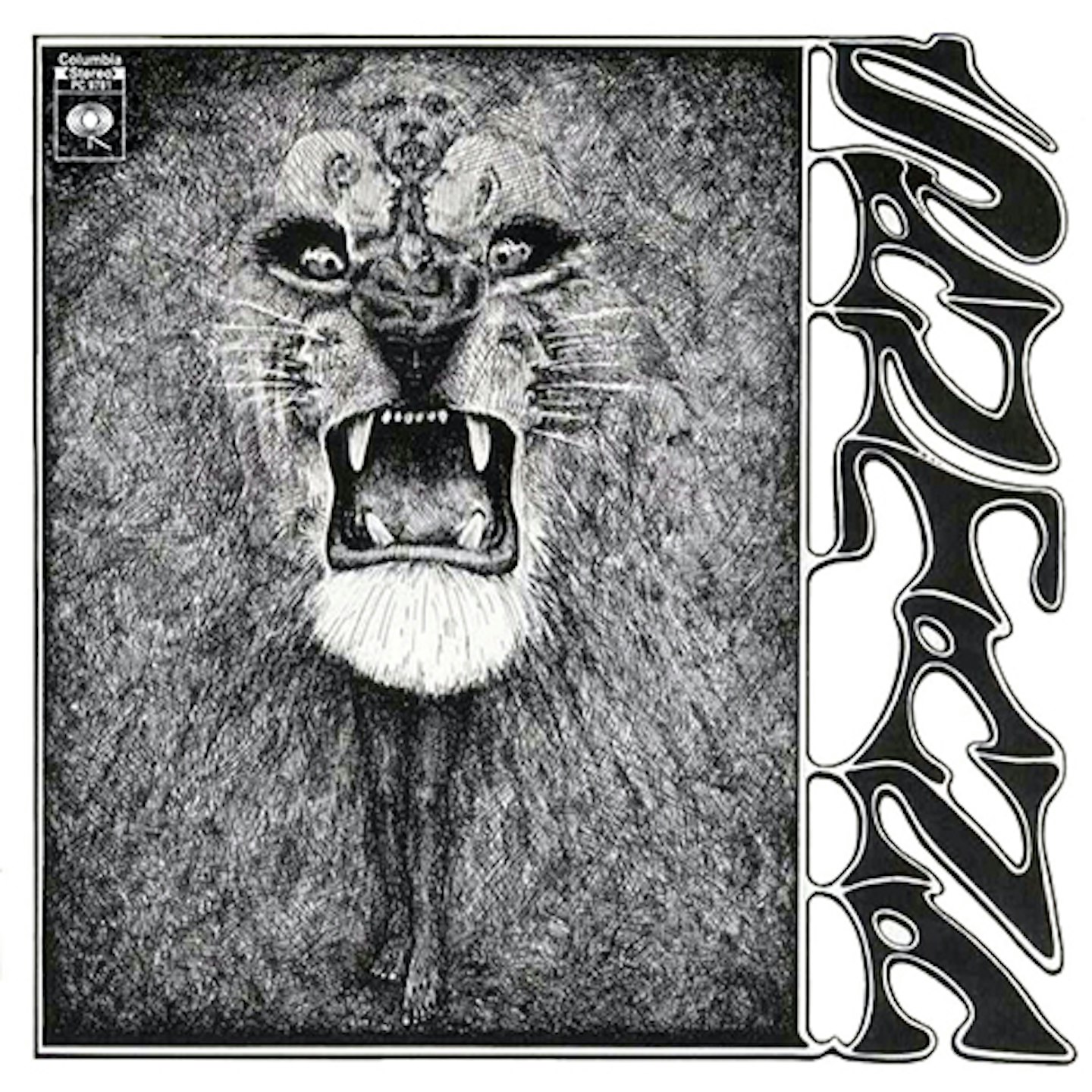
Co-led by the distinctive combination of Carlos Santana’s blistering fretboard work and Greg Rolie’s soaring organ chords, this incendiary debut was the launch pad for the sextet’s fierce amalgam of electric blues-rock and percussive Afro-Cuban grooves. Key to the band’s rhythmic drive were drummer Michael Shrieve and percussionist Jose ‘Chepito’ Areas, whose contribution to a stirring version of Nigerian drummer Babatunde Olatunji’s Jingo was vital. Though consisting mostly of instrumental jams - including the sublime Soul Sacrifice - the album’s strongest vocal track is a cover of the Willie Bobo-associated Evil Ways, which became Santana's maiden US hit single.
6.
Santana
Borboletta
COLUMBIA 1974

An underrated and often overlooked gem in Santana’s catalogue, the group’s sixth LP followed the jazz-fusion trajectory of their previous two albums: indeed, in his 2014 autobiography, The Universal Tone, Santana, described it as “the third part of a trilogy along with Caravanserai and Welcome.” Featuring new band members Leon Patillo (vocals/ keys), Jules Broussard (saxes) and drummer Ndugu Chancler, as well as telling cameos from Flora Purim, Airto Moreira and bassist Stanley Clarke, Santana pushed the jazz-rock envelope even further with such exotic, extended Weather Report-style work-outs as Aspirations and the epic Promise Of A Fisherman.
5.
Santana
Welcome
COLUMBIA 1973

Santana’s fifth long player opens with turbulent squalls of sound rising from guest contributor Alice Coltrane’s cosmic organ, signalling the band’s deeper exploration of jazz-fusion territory. Keyboardist Tom Coster replaces original co-founder, Greg Rolie, while former Pharoah Sanders’ vocalist Leon Thomas lends his distinctively rich tones to several tracks. There are also impressive cameos by Brazilian husband-and-wife duo, singer Flora Purim and percussionist Airto, while Mahavishnu Orchestra leader and axe deity John McLaughlin also participates. Flame-Sky is a stunning showcase for Santana’s guitar prowess while Mother Africa is a thundering percussive jam with a wailing Coltrane-esque saxophone.
4.
Carlos Santana & Mahavishnu John McLaughlin
Love, Devotion & Surrender
COLUMBIA 1972
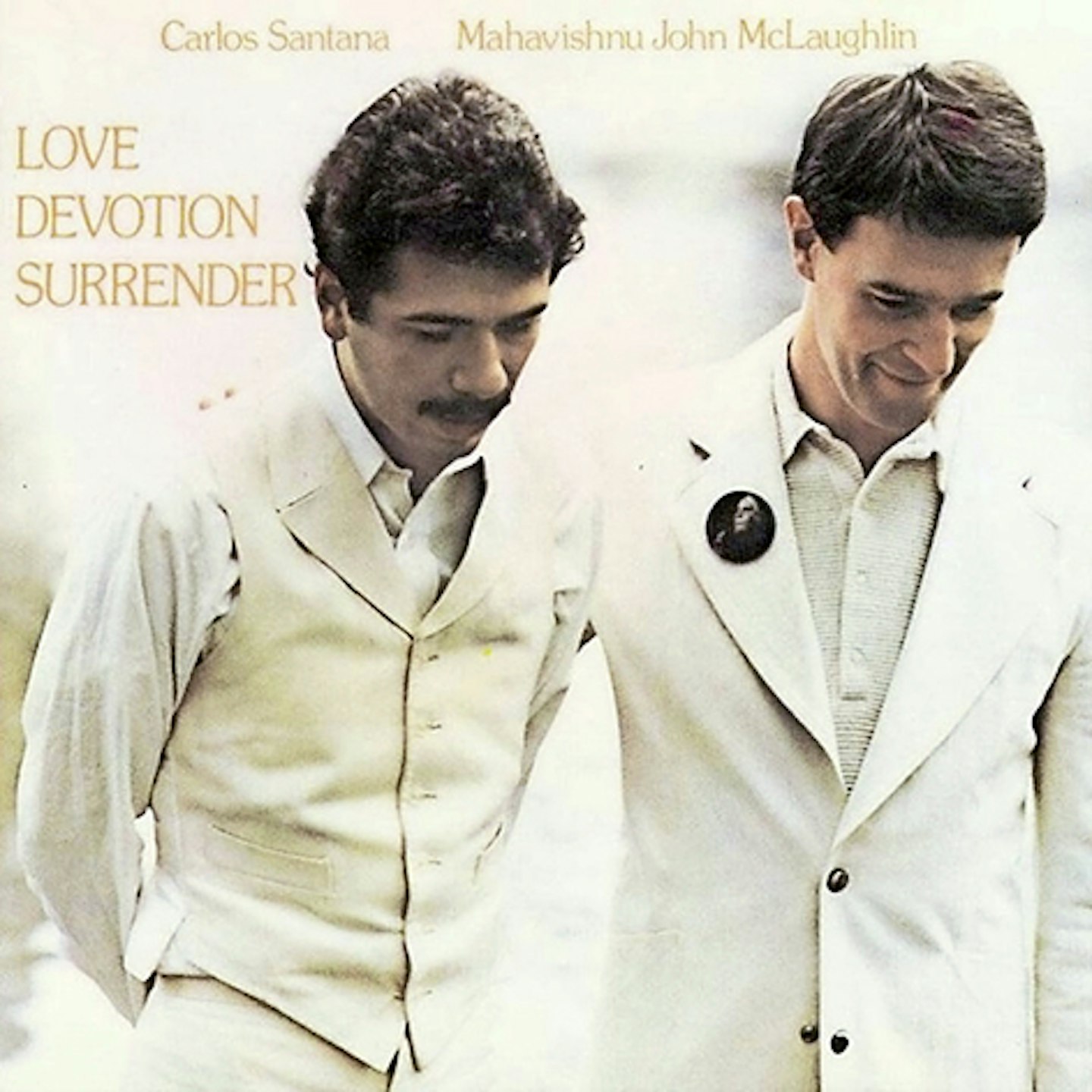
Both followers of spiritual guru Sri Chinmoy, Santana and McLaughlin shared a mutual passion for the music of John Coltrane, which was the inspiration behind this mind-blowing collaboration that took Santana into the liberating realm of spiritual prog-jazz. The centrepiece of the album was a transcendent realization of Coltrane’s hymnal, A Love Supreme. Although some jazz purists lambasted it, in their defence Santana opined, “John McLaughlin and I didn’t really give a shit what people thought of it. It’s not like we were trying to put a moustache on the Mona Lisa. We did it out of respect.”
3.
Santana
Caravanserai
COLUMBIA 1972
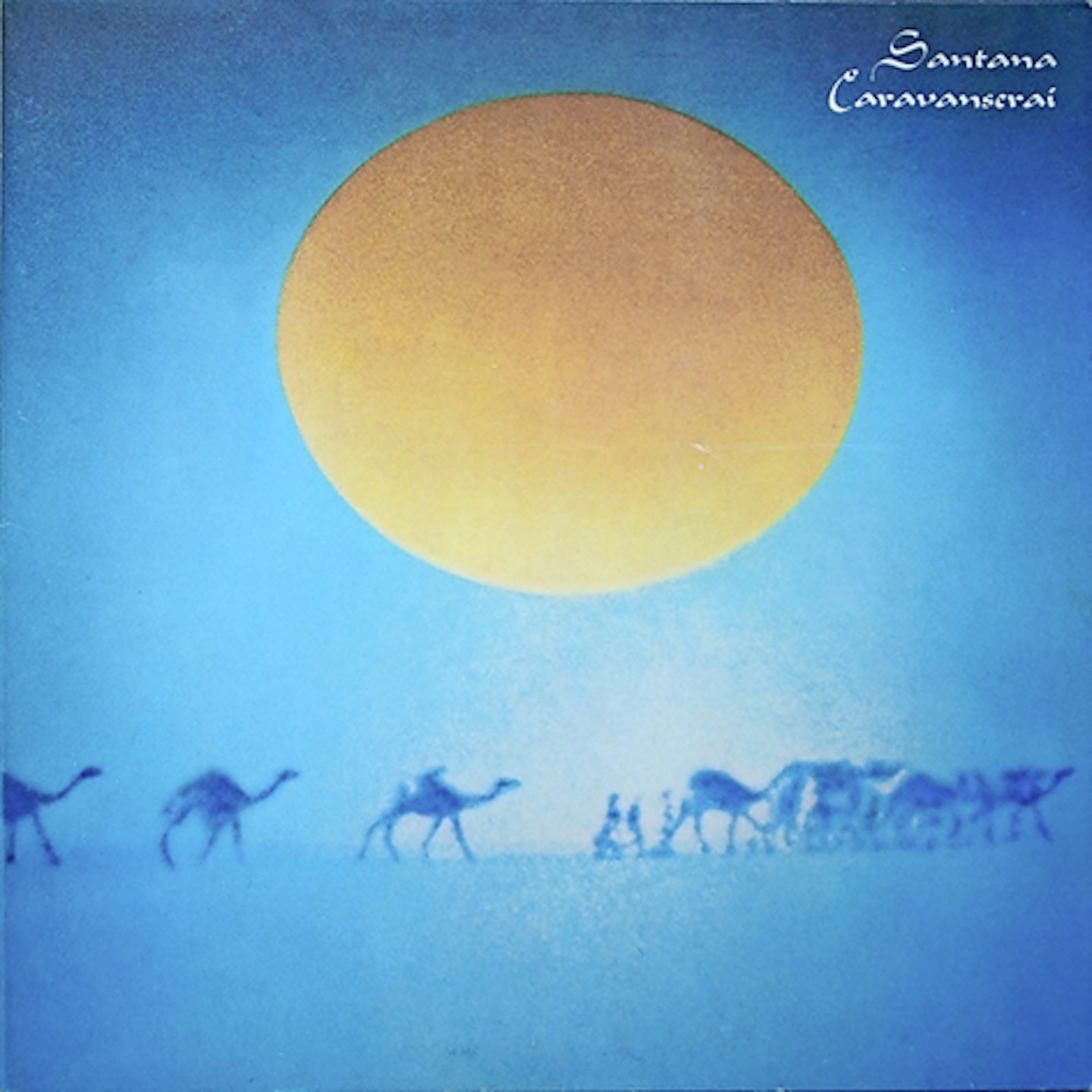
“I felt we needed to walk a tightrope with Caravanserai,” said Carlos of the band’s fourth album, recorded in ’72. Representing a transitional phase - the original line-up had split by then - it’s regarded as a significant milestone in the canon, as it witnesses the expansion of their sonic palette by playing more open-ended, jazz-fusion-leaning grooves. Certainly, the overall feeling is looser, less-structured and more experimental; an approach that is crystallised by the album’s nine-minute coda, Every Step Of The Way, which builds slowly before evolving into a propulsive improvisational vehicle for Santana’s guitar pyrotechnics.
2.
Santana
Abraxas
COLUMBIA 1970
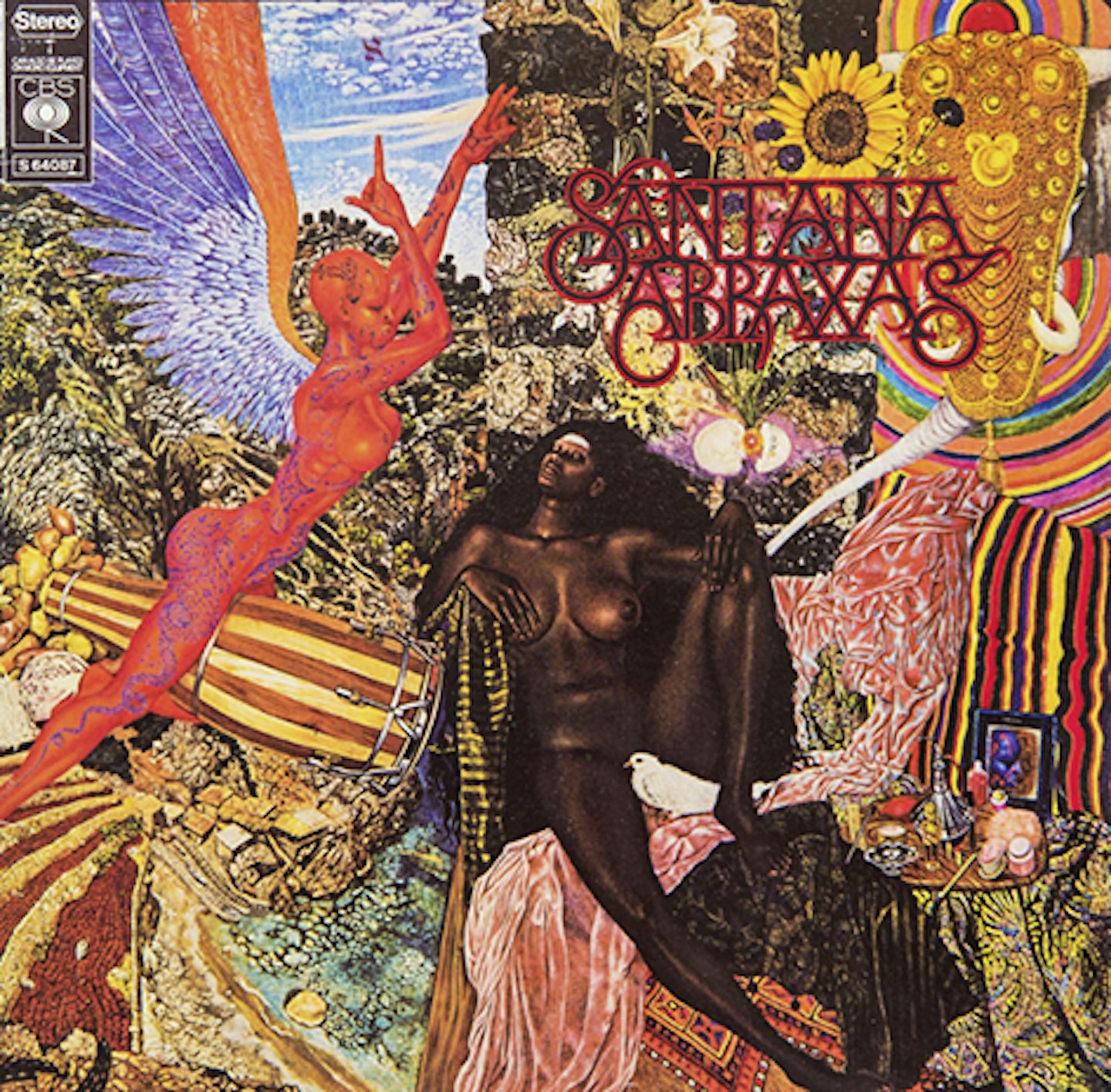
Empowered by their momentous ’69 Woodstock appearance, the group’s second LP exceeded their molten debut. Wrapped in a memorable Mati Klarwein cover painting, it scored the US hit Black Magic Woman - a piquant, percussion-heavy retooling of the Peter Green-scribed Fleetwood Mac classic - and also yielded a turbo-charged take on Tito Puente’s salsa anthem, Oye Come Va. By contrast, the blissful ballad, Samba Pa Ti, showed the group’s lyrical and sensitive side. The album’s title, incidentally, refers to ancient Gnostic mysticism, and was an early manifestation of Carlos Santana’s interest in worlds beyond.
1.
Santana
Santana III
COLUMBIA 1971
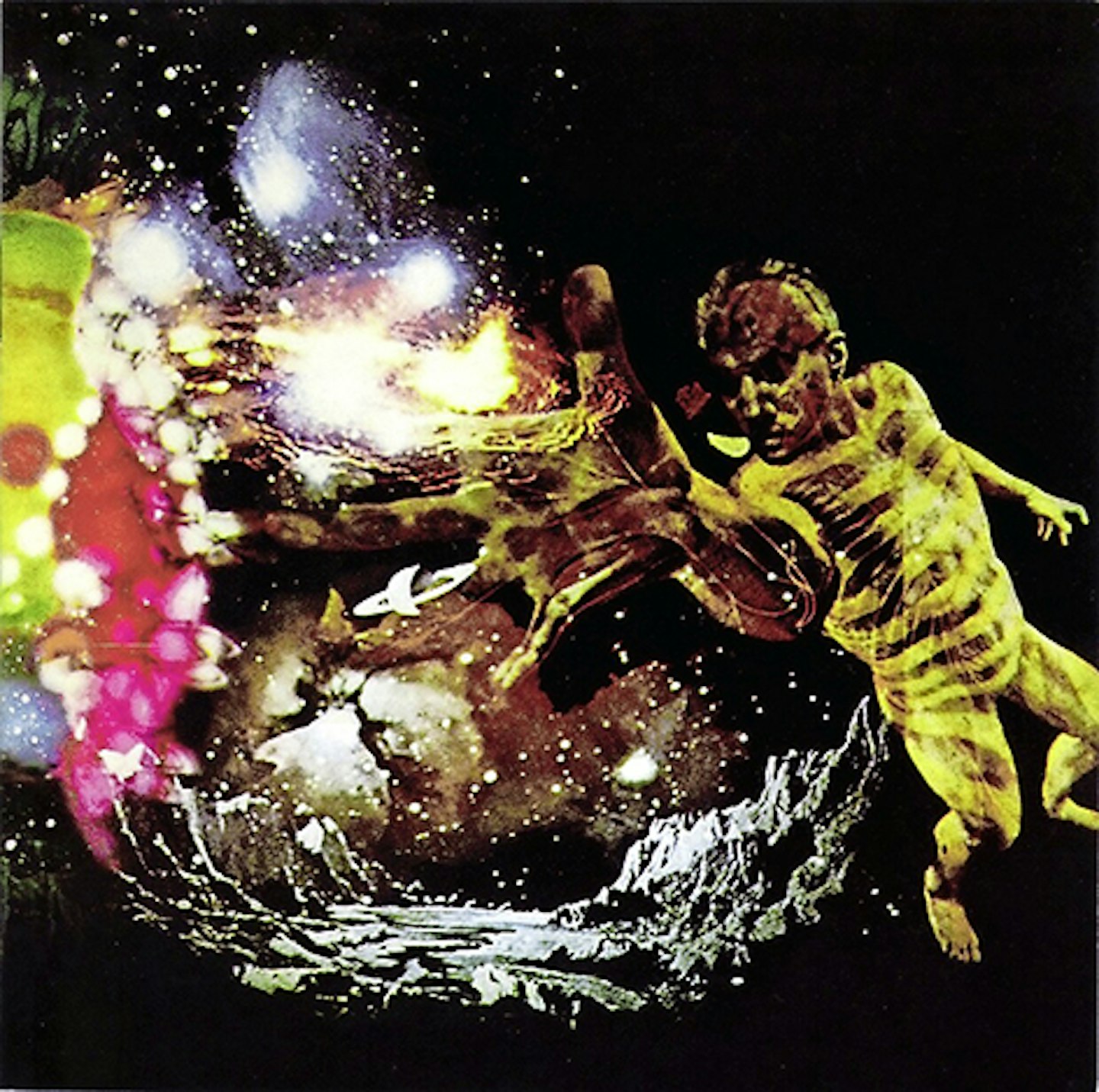
One of the undoubted jewels in the discography, Abraxas’ follow-up was the last to feature the Woodstock line up. With future Journey man, Neal Schon (then just 15), brought in on additional guitar, the album’s blend of high-voltage, percussion-driven Latin-rock instrumentals (Batuka and the super-dynamic samba, Toussaint L’overture) together with soulful vocal tracks (Taboo) and boogaloo funk (Everybody’s Everything) both consolidated and extended the singular style that the band had patented on their first two LPs. A glittering creative pinnacle in the group’s back catalogue, its sheer imaginative reach is belied by its functional numeric title.
